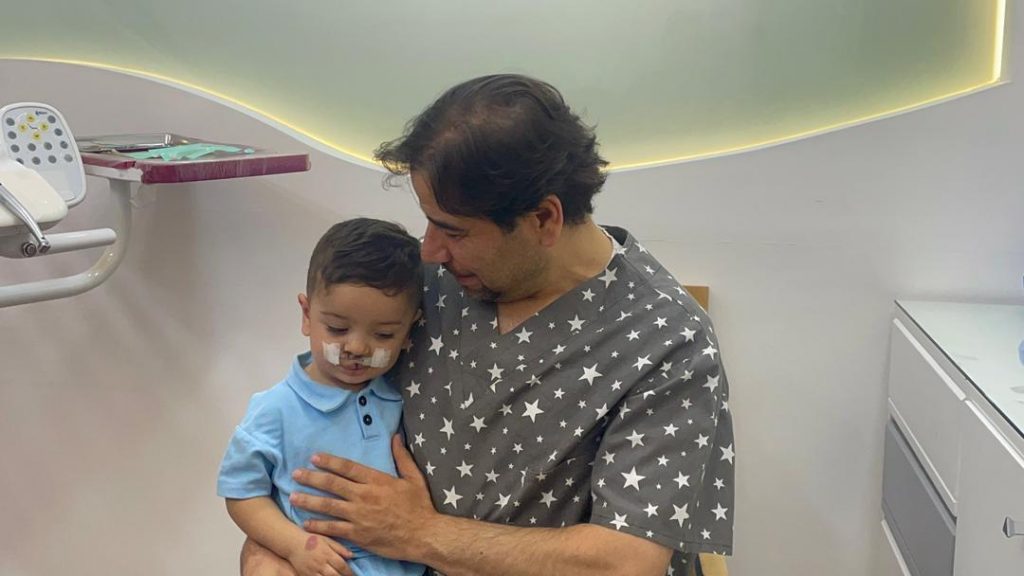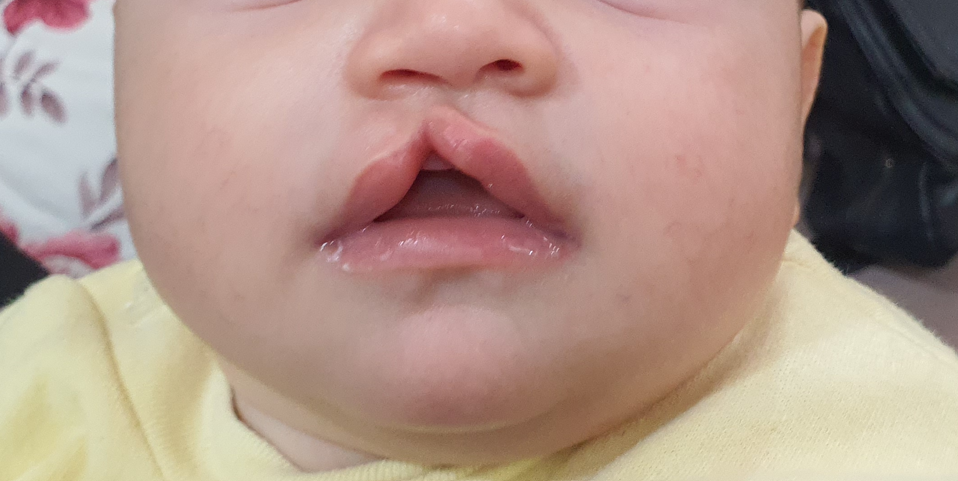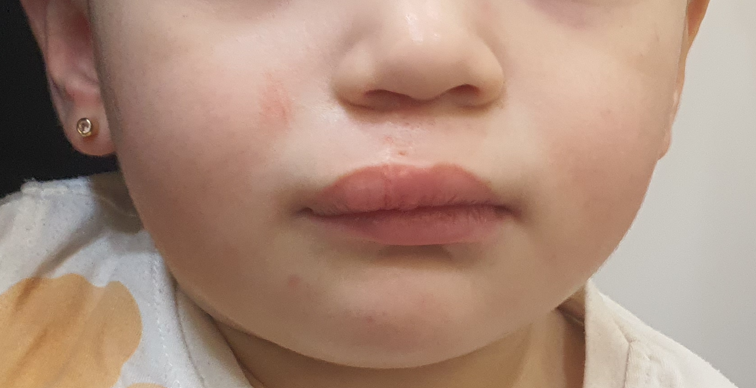شقوق الشفة و قبة الحنك
التشخيص، الأسباب، والإدارة الجراحية
نظرة عامة شق الشفة وقبة الحنك هي تشوهات خلقية في الوجه والفكين تظهر على شكل فصل واضح في الشفة العلوية، أو حافة العظم السنخي، و/أو سقف الفم (قبة الحنك). قد تظهر هذه الشقوق:
على جانب واحد (أحادي الجانب) أو على كلا الجانبين (ثنائي الجانب).
كعيوب كاملة تمتد عبر الحنك بأكمله.
أوكشقوق جزئية تؤثر على جزء محدد فقط من الحنك.
تختلف شدة وتكوين الشق من حالة لأخرى، مما يتطلب تقييمًا فرديًا وخطة علاجية مخصصة.

العوامل المسببة
العوامل المسببة تتعدد أسباب حدوث شق الشفة او/أو قبة الحنك ، وتشمل تداخل العوامل الوراثية والبيئية، ومن هذه العوامل:

We’re Ready To Make A Great Experience
العلاج الفعال الوحيد لشق الشفة وقبة الحنك هو التدخل الجراحي، الذي يتم عادةً على مراحل متعددة حسب تعقيد الحالة. تشمل خطة الجراحة عادةً:
إصلاح الشفة الأولي.
إعادة بناء الحنك.
إغلاق الشق السنخي
جراحة تقويمية أو تجميلية إضافية عند الحاجة.
تجميل الأنف.
تُجرى جميع العمليات تحت التخدير العام داخل المستشفى، وعادةً ما تستغرق فترة الإقامة بعد العملية 24 ساعة لكل إجراء.
الأطفال المولودون بشق الشفة وقبة الحنك غالبًا ما يواجهون:
صعوبات في النطق والتلفظ.
عدم تماثل الوجه، مما قد يؤثر على احترام الذات.
الانعزال الاجتماعي نتيجة رفض الأقران أو صعوبات التواصل.
الدعم النفسي المبكر والعلاج النطقي ضروريان لمنع المضاعفات العاطفية والسلوكية طويلة المدى.
إذا تم تشخيص طفلك بحالة شق في الشفة أو الحنك، نشجعك على التواصل مع فريقنا المتخصص. معًا، يمكننا:
وضع خطة جراحية وتأهيلية شاملة.
دعم دمج طفلك في المجتمع.
ضمان مستقبل صحي وواثق يعكس حياة أقرانه.
Befor & After
الحالة1


